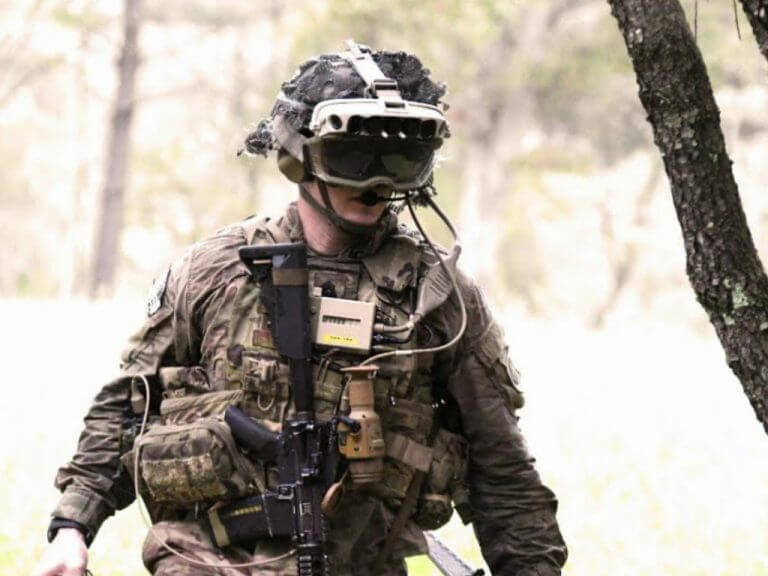Microsoft’s deal with the US Army to supply both an Integrated Visual Augmentation System (IVAS platform) and specialized HoloLens headsets continues to rack up negative headlines ahead of its crucial field test next month.
Microsoft may have initially celebrated the potential of raking in $22B from the US Army via a multi-year contract, but over the course of testing, it appears the largely reported sum was more of an aspirational ceiling than a reality for the company.
Last month, it was reported that the Department of Defense was already discussing putting $394 million of the allotted contractual funds to Microsoft “on hold,” while the company worked out the field kinks to its headset. Now, there is additional reporting that Microsoft was likely never going to see the total estimated $22B for the IVAS partnership with the Army.
As ITPro Today has reported, the $22B amount comes as a full estimate based on “all possible sales to sister services, Foreign Military Sale, and all maximized service contracts, according to Army Assistant Secretary for Acquisition Douglas Bush. Microsoft’s was set to gain $22B in possible revenue based on an extreme best-case scenario with the Army and has time has proven to date, the agreement has been far from best-case.
Bush’s clarifying assessment comes after a heavily redacted audit was done by the inspector general that’s finds the Army made some mistakes in its evaluation and did not clearly delineate “minimum performance standards,” among other things.
At this point, Microsoft is set to make “less than half” of the reported $22B as the Army mulls over wasting taxpayers funds on a warehouse of headsets soldiers may not want to use or use as intended at the end of the day.
The last check in from Microsoft and the US Army’s lucrative deal was that both partners were skeptical that Microsoft could hit the target of field-ready AR goggles by May 2022 after several rounds of user criticism and complaints from current hardware testing.
More specifically, soldiers testing the HoloLens variants have made clear that Microsoft’s IVAS power devices suffer from low light and thermal imaging performance issues, in addition to the headsets not being able to “serve as fighting goggles,” according to the Pentagon director of operational testing.
Despite the continued negativity surrounding the deal, Microsoft soldiers on with developing the IVAS platform according to an official from the company.
In a few weeks, Microsoft will have the chance to prove its hardware is capable of meeting the Army’s requirements and as a result cash in on at least half of the $22B it was initially planning on receiving from its multi-year deal with the Department of Defense.


